Diamonds are the most precious and adored gems from nature, attracting lovers from all over the world. Still, the sparkling diamonds that we see in the jewelry shop were once wild or uncut. Most of the time, a natural diamond is very distant from the brilliance that the human mind can imagine. Moreover, diamonds might be dull, cloudy, and weirdly shaped, and there can be numerous instances when they may look like some common minerals, such as quartz and topaz. Hence, the knowledge of the properties of uncut diamonds is an incredible and essential skill for jewelers, investors, miners, and diamond lovers.
What Is a Raw Diamond?

For example, a raw diamond is a natural, unprocessed, and unpolished crystal that has been created under very high pressure and temperature deep inside the Earth's mantle. Perhaps at first sight, it may not appear to be unique in its natural state. Raw diamonds frequently:
-
Look somewhat waxy, greasy, or cloudy.
-
May have uneven or even rough crystal structures.
-
Do not show the fire and brilliance that are usually linked to the cutting of diamonds.
In fact, raw diamonds are not as beautiful as the cut ones, but they are still worth the same as those that shine after being cut and polished.
Why Identifying a Raw Diamond Matters

The capability to spot a simplistic diamond raw is full of advantages. Just as an example, in terms of the economy, it certifies that gemstones are not taken for less valuable minerals. For the advantage of jewelers as well as investors, the issue of proper identification is set to prevent making costly mistakes when buying or selling stones. Concerning the Earth's composition, the discovery of uncut diamonds may result from Kimberley or lamproite pipes, the volcanic formations that are the leading factors of the areas rich in diamonds. These are the reasons that correct identification is the most vital thing not only for the diamond trade but also for the exploration of new sources.
Physical Characteristics of Raw Diamonds

The raw diamonds possess different physical characteristics that are responsible for separating them from the rest of the stones. For example, in the context of crystal shape, diamonds are predominantly tetrahedral, i.e., they resemble two pyramids that are joined at the base. Some of them can be cubic or even irregular, but still, there will be no six-sided prisms of quartz like they are. Besides, their color can be from a wide spectrum. The clear ones are diamonds, as it is known; however, most of the rough ones are in yellow, brown, gray, or greenish colors. Furthermore, their surface is typically not shiny as glass but rather looks greasy or waxy, and their transparency can be from clear, translucent, to opaque.
It is necessary to check certain major features like:
-
Shape of the crystal: Octahedrally or cubically formed.
-
Color: Yellow, brown, gray, or green, with different shades.
-
Texture of the surface: Having a greasy or waxy luster.
Transparency: Generally, they
The Role of Hardness
Hardness is among the most distinctive characteristics of a diamond. Measured on the Mohs scale, diamonds are rated 10, indicating that they are the toughest natural substance in the world. Consequently, they can cut almost any other mineral, while there isn't any other mineral that can scratch a diamond. Though the property can be a good clue in the identification of the uncut diamonds, one still has to take precautions to avoid harming softer materials during the process.
Simple At-Home Tests for Raw Diamonds
There are a number of simple tests that anyone can try at home to find out whether a stone is a raw diamond.
-
Fog Test: Inhale on the gem. A diamond emits heat quickly, hence the fog disappears in a second. On glass or quartz, fog stays longer.
-
Water Test: The stone is allowed to fall into a glass of water. Diamonds are compact and will drop to the bottom very fast, whereas lighter stones may float or fall slowly.
-
Refractivity Test: The stone is placed on a newspaper. When it is a diamond, the light gets bent and scattered here, and you can not read the writing clearly. If the letters are visible, it is not a diamond.
-
UV Light Test: Several diamonds give off blue or yellow light when exposed to ultraviolet light. This is not a stand-alone test but can still be used as an aid.
By no means are these tests difficult, but it is highly advised to combine these observations with a professional assessment to be sure of the results.
Professional Identification Methods
First of all, professionals are doing the same job, but in order to be more sure, they use more complex methods and tools. A diamond tester is a small instrument that measures the heat, and the electric conductivity are two features that distinguish a diamond from other substances. Jewelry workers, in a similar manner, use a loupe or a microscope for the examination of tiny inclusions, growth of crystals, and natural features that are the result of the cutting of the diamonds. Besides this, an X-ray is one of the modern methods for identifying the differences between diamonds and other materials when radiation is injected. For the most reliable results, jewels can be sent to gemological laboratories like the Gemological Institute of America (GIA), which not only makes a report but also gives the grade.
You can also read:- What Is a Tennis Bracelet?
Common Mistakes in Identification
Many beginners are at fault when they try to identify raw diamonds. The main mistakes that occur frequently are:
-
Confusing diamonds with quartz or topaz, which can have a similar appearance.
-
Mistaking a shiny and sparkling stone for a diamond. On the other hand, in fact, most of the raw diamonds are grayish.
-
Only using one test, like fluorescence, and totally relying on it may lead to a false result.
The use of multiple methods and simultaneous identification, as well as the avoidance of the above mistakes, will allow you to be accurate in the identification process.
Where Are Raw Diamonds Found?

Location is also a factor in identification. In general, it is easy to come across diamonds in the middle of kimberlite pipes and even in the river beds. These are the sites where diamonds came to the surface of the Earth through volcanic activities. Besides Africa, the biggest producers are the Yakutia region of Russia, the Northwest Territories of Canada, and the Argyle mine in Australia, which is known for its rare pink diamonds. Moreover, the information about the raw diamonds can also be a hint of their quality.
How to Take Care of Raw Diamonds?
Difficult as it may be, they can still get chipped or cracked in the case of a strong enough strike. In addition, it would be better for the raw diamond rings to be placed in separate compartments so that they do not scratch each other, and they should also be cleaned with a mild detergent and water solution. Besides that, the use of strong chemicals is strictly prohibited as they may cause the inclusions and the internal structures to be damaged. Proper care of the stone will make sure that it keeps its natural quality before cutting and polishing.
It is very fascinating to identify raw diamonds as it involves so much observation, the figuring out of diamonds' physical properties, and, in some cases, the taking of a professional's view. However, the diamonds in their rough form do not always glitter like those in the jewelry shop, but they are still of the same value and have the same potential. You can begin to differentiate them from common stones by their outline, color, brightness, hardness, and the outcome of some simple tests. Really, professional instrument use and lab certification are still the most trustworthy ways to be absolutely sure. Whether you are a collector, a jeweler, or simply an interested person, the skill of raw diamond identification teaches you to witness the amazing unraveling of the diamond from a seemingly common and dull stone to one of the most brilliant and timeless beauty symbols in the world.


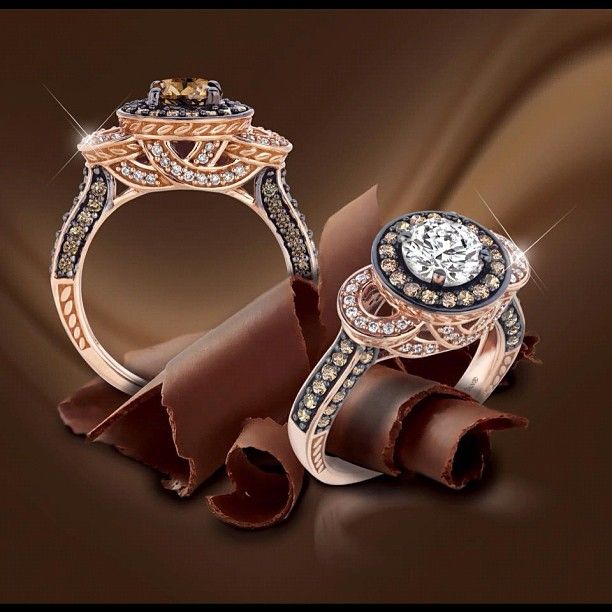
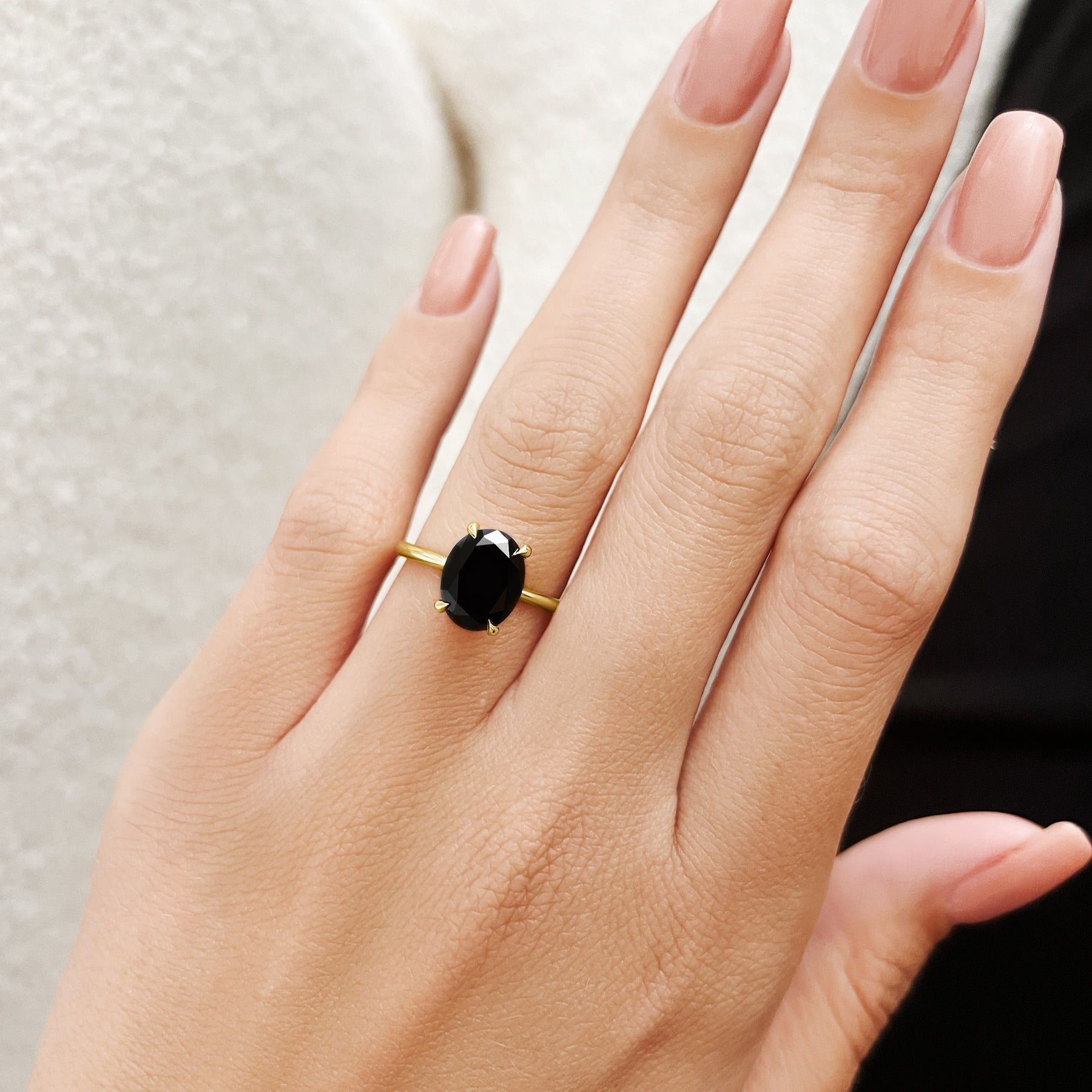
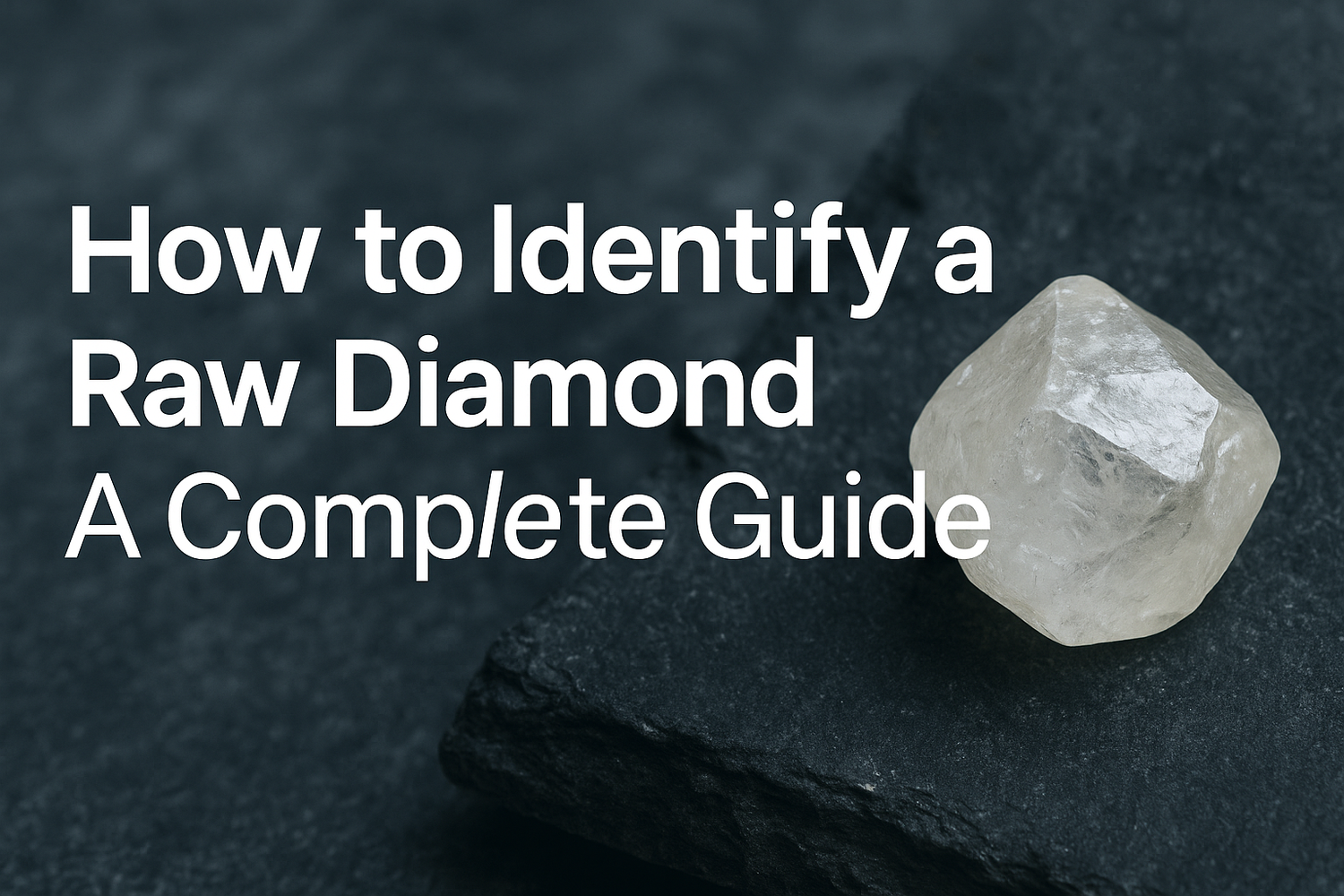
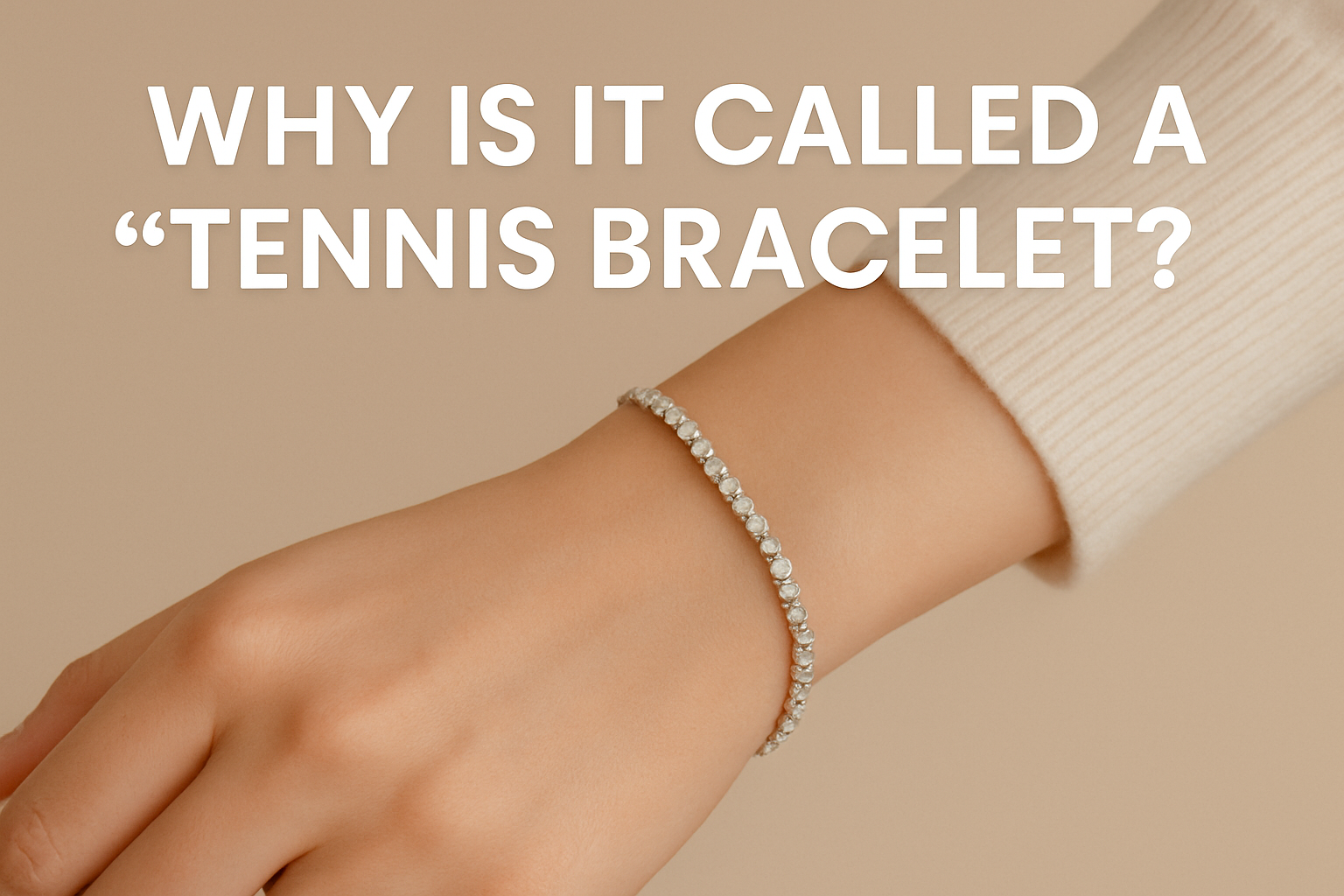
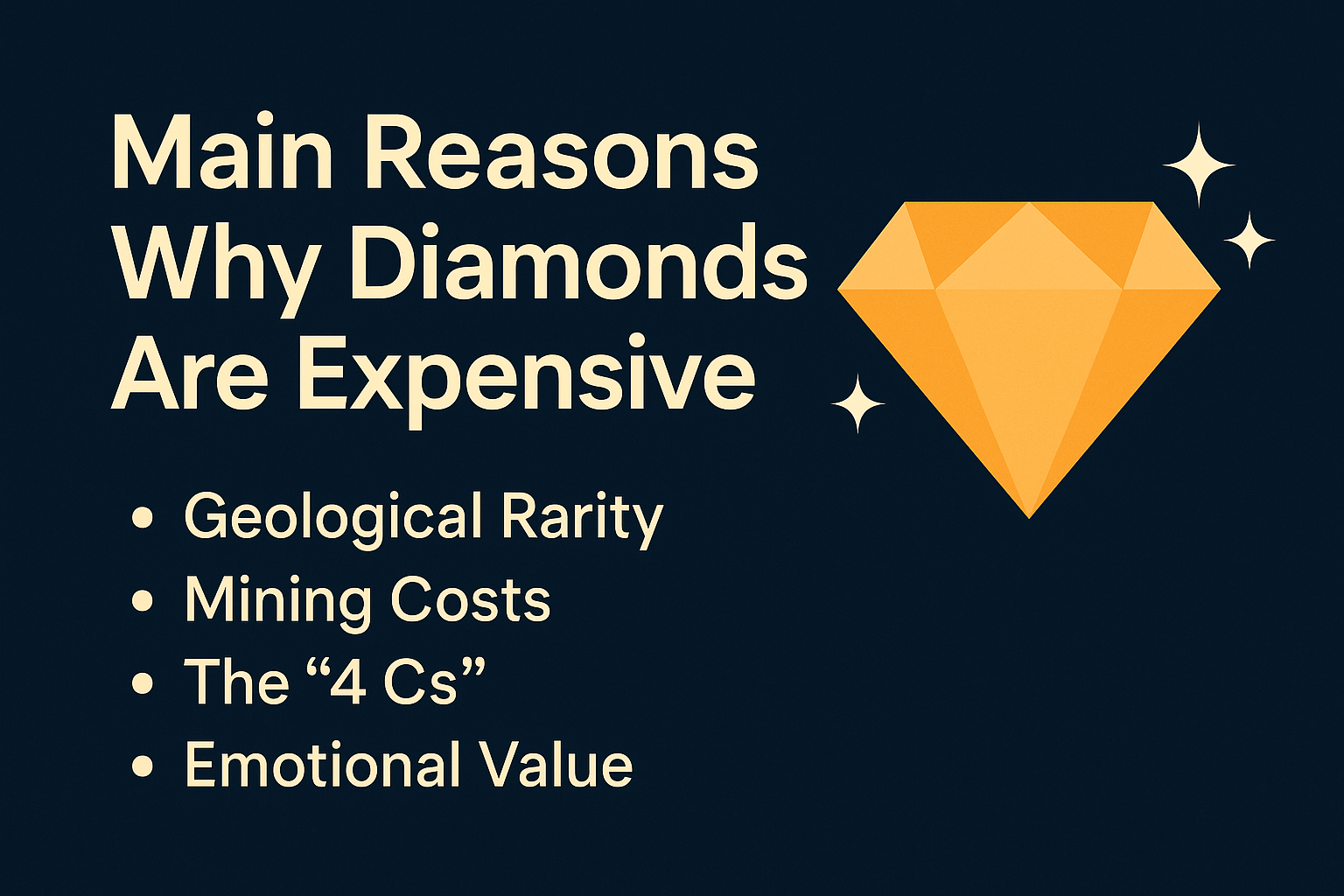

Leave a comment
This site is protected by hCaptcha and the hCaptcha Privacy Policy and Terms of Service apply.